Better Surfing – Develop a Movement Practice
Surf Better: Movement Practice & Surfing
How do I surf better?
This is absolutely not a list of the 3 exercises that will boost your surfing, or the 1 thing you need to do to boost your health, or any of that pervasive fitness clickbait. I’m going to do the opposite of that. I’m going to give you a template to build a Movement Practice and surf better.
- There are no magic pills.
- There is no 1 specific exercise that is going to suddenly make you rip.
- And there is no 10day cleanse that is suddenly going to make you happy and supermodel-esque.
- Movement Practice. Long term consistent application.
The focus needs to be on developing this movement practice. Not a quick fix. Not a bootcamp fat blaster, new year new you, superfood power shakes, super cleanse ab-blaster.
A movement practice to reorient yourself with your body, improve the way you move, make you stronger, and continuously improve.
Western society has come to expect immediate gratification in all aspects of life, which has been pretty damn detrimental. When it comes to the body, there is no quick fix. It’s ongoing, consistent application, and an understanding that your body needs some love.
If you treat it like shit, what do you expect the result to be? Employ some adult rationality here. I see a lot of folks treat their car, or their stupidly expensive purses better than their body. That’s a heavy disconnect.
Movement Practice.
It’s not exercise, it’s movement practice. Get rid of the smash yourself into a puddle of sweat and vomit, “exercise must hulk-smash my body” mentality. It’s useless. There’s that quick fix immediate gratification western mentality again.
Slow it down man. Put down your red bull monster pre-workout pump drink and drop the hair gel, the world doesn’t need more gym-bros. There are times to go hard, and push your limits, but that needs to happen more sporadically than most people think.
Ongoing refinement, skill acquisition, 3-dimensional movement, and interaction with your own body needs to become the priority. Develop a deeper understanding of your own movement capacity, and your body.
Get clear on what you want your body to be capable of in life, and set the foundations to make sure you stay capable. Develop your Movement Practice.
What’s Movement Practice Even Mean?
If you want to stay active, apply some effort towards doing that. If you don’t, but still want to 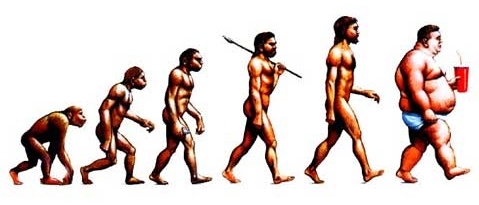 fully participate in some type of athletic endeavor, it’s more than likely that you’ll have a breakdown somewhere.
fully participate in some type of athletic endeavor, it’s more than likely that you’ll have a breakdown somewhere.
Conveniences of modern life have done away with the need to move in the manner our bodies are designed to move. Instead, we succumb to gravity and soft chairs, rounded postures and immobile joints.
We sit too much. We stare at screens all day long. And we eat inflammatory foods and food-like products. We hurt our backs picking up shoes. And we have chronic shoulder pain from no acute injury. We don’t use our bodies the way they’re physiologically designed to.
Couple that list, which is basically the antithesis of what we should be doing, and mix in some surfing, (or any other 3-dimensional high output activity). Problems will arise at some point.
We’re essentially self-limiting, and setting ourselves up for failure, pain, frustration, and health issues.
At the end of the day, we maddeningly love surfing, want to keep doing it, and want to do it better. Wake the f*** up and realize that you need to be an active participant in your health, and making sure your body moves well.
Develop a movement practice. It will help your surfing, but really what I’m trying to convey is that it will help your life.
What’s a Movement Practice Have to Do With Surfing?
First, some brief clarity. Surfing is a skill. You improve your skill in the water. Bottom line. 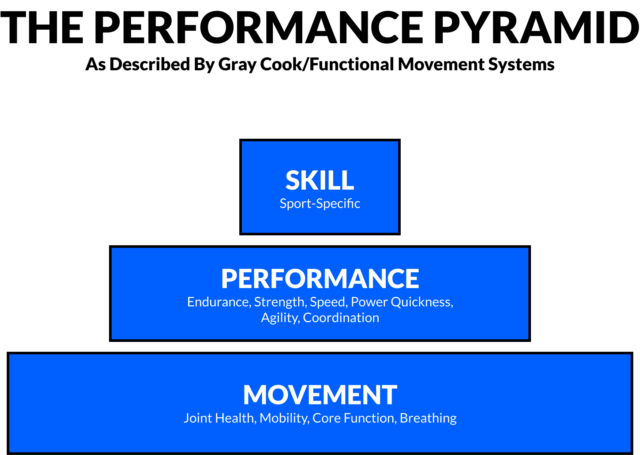
What you do outside of the water builds the foundations to allow you to improve your skill. For example, if you’re lacking adequate flexibility, it’s going to limit your movement, maybe prevent you from having a clean pop up, and ultimately limit your skill / surfing.
Your movement practice will take the brakes off, so you don’t impede your skill / surfing.
So for anyone that chimes in with “surfing is the best training for surfing”, yes I hear you and mostly agree. It is the best way to work on and practice your skill.
There really is no other way to practice the dynamic equilibrium changes and wave intuition other than surfing. But the mindset that training is useless is absolute stupidity.
Stop being stupid. If you’re stronger, healthier, more powerful, more mobile and flexible, you have larger foundations to improve your skill in the water. Stop self-limiting, and develop a movement practice…. so you can keep working on the skill in the water (cause that’s really fun).
What to Include in a Movement Practice.
This is a path, not a finite goal. It will be ongoing and change over time, so go at this with an explorative mindset. The following list is not definitive… just some of what I think will be highly beneficial for you.
Your goal is to keep yourself efficiently capable. Maintain yourself so you’re a human being that can kick some ass in life, and not be plagued by unnecessary injuries, immobility, and being a sedentary bag of skin.
Aqua: Start with drinking more water. Clean water. A quality filtration system is a good idea.

Most folks are chronically dehydrated. Who would have thought that chronic dehydration can adversely effect human physiology!??! What a crazy concept. Drink more water.
Mobility:
For the dudes over 30, mobility is the word. I’m referring to the ability to control your body through ranges of motion. It’s being flexible, but with strength in that range of motion.
If you can drop into a gnarly yoga pose, but not be strong in that range of motion, it’s essentially useless, except to maybe impress some hot yoga babes.
Immobile shoulders, hips, and spines are the norm amongst the dude over 30 crowd. This is exceptionally limiting, and setting you up for pain in the future. If you can’t move you can’t surf, a simple concept.
Get into some tennis ball love or foam rolling, known as “self-myofascial release” in the health circles.
Add in some stretching protocols, mellow yoga (not the bastardized stinkingly hot room sweat pool yoga), and some mobility drills. These tools will be life-long. Get familiar with them, apply them, and you’ll see some huge benefits down the road.
Develop a routine that you can use several times per week. I have a 10-30minute AM routine, and a 10-30minute PM routine. I would suggest that you do the same.
TISSUE LOVE
MOBILITY DRILL SEQUENCE
Get off the piss (booze). I’m all for a bit of the sauce now and then, but nightly drinking is doing your physiology no favors. I have yet to have a client report negative effects from getting off the sauce.
Crazily enough, the human body doesn’t like to be consistently poisoned.
Yoga 1-2x’s per week.
Like I mentioned in the Mobility section, some good yoga practice can be exceptionally beneficial, especially for the inflexible fellas.
I do however feel it needs to be concurrently practiced with some quality strength training.
That is especially true for the hyper mobile women. Yin and Yang. Some strength balance to that large movement flexibility.
Fundamental strength training.
Lifting some weights. This could be a book, but I’ll try to keep it to a few paragraphs. I may be biased, being a strength and conditioning coach and all,
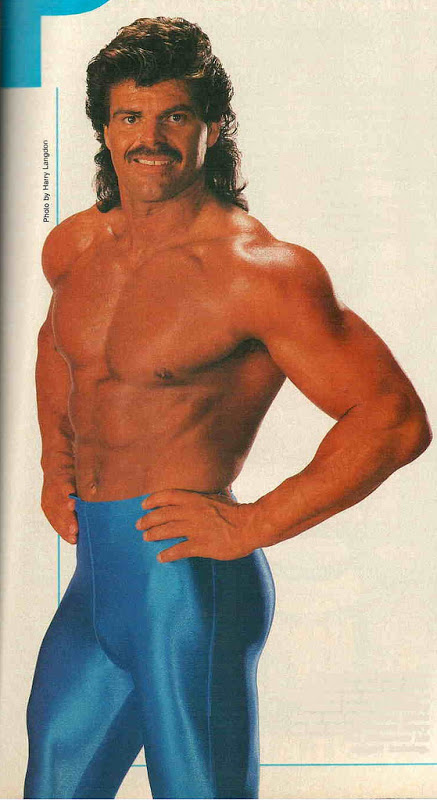
but being strong, and strong in dynamic movements is a really good thing. Forget what you learned in the gym in the 80’s, or when you were in high school. No spandex workout shorts either (guys, that’s really creepy and pervy).
Develop skill in the fundamental strength movements, and you’ll have a strength base in place that you could take in a number of directions. Deadlifts, Squats, Lunges, Pushups, and Pullups / Chinups.
This list is far from complete, but if you can nail these lifts with precision, strength, and power, you exhibit high quality movement, proficient joint range of motion, and you’re a stud or a babe.
High quality strength training is reinforcing proper mobility. It’s teaching you to control your joints effectively under load, and teaching you to be strong.
When training the primary strength movements, you’re essentially training movements that are critical to movement through life (and surfing): bending, squatting, lunging, pulling, pushing, and twisting.
People that have hurt themselves lifting in the past, it’s very likely they were training with abysmal form. Heavy load, lifted with bad mechanics and faulty joint alignment will tear things apart. Tearing things apart hurts.
That’s why I say develop “skill” in the fundamental lifts. Deadlifts, squats, pushups, lunges, and chin-ups should be worked on with the goal of precision. Clean it up. Get a quality coaches eye on your form.
It’s very rare that I work with a client and don’t have to completely tear apart and then build back up their major lifts.
This strength base will allow for more complexity, more speed training, and more dynamic movement. All the fancy shit you see us health and fitness pros doing on instagram, it’s founded on these basic lifts.
Squats-
You know that low crouch position when surfing, that compressed barrel stance, and getting low into the hips for a bottom turn…. it’s a variance of a squat pattern. If you can’t squat, you can’t stay low.
Ankles, knees, hips, and spine all need good mobility and strength to squat well. This is a really good thing for surfing.
Basic squats lead to weighted front squats, lead to bulgarian split squats, lead to plyometric jumps, lead to rotational jumps.
That complexity pathway could continue, but it starts with a fundamental squat pattern.
SQUAT TECHNIQUE
Basic pull-ups lead to ring chinups, lead to skin the cats, lead to front levers, lead to one arm chin-ups. Developing that strength in complexity is not only fun, but it provides a huge buffer for what your arms have to do in the surf.
Deadlifts, or a proper hip hinge, leads to single leg deadlifts, leads to kettle bell swings, leads to pistol squats, leads to one-arm rotational kettle bell swings. Again, basic skill, leading to strength, leading to complexity.
If you can dial in this type of hip power, not only will you have a hugely strong back, but you’ll be able to produce a load of force through the lower body. That force and control can really help holding through massive turns and hacks.
This process of fundamental movement moving towards complexity is done for all the major lifts.
I’m not implying you need to become a meathead, in fact it’s quite the opposite. I am heavily implying that high quality strength training should be a part of your movement practice (high quality being the truly important point).
Get into it. If you don’t know how, I have multiple resources out there, and there’s that thing called the internet with a bit of info on it. Better yet, hire a coach… find a really qualified one, as there’s a bunch of nut jobs in the fitness world.
Two strength oriented training sessions per week can do wonders for body composition, bone density, hormonal balance, looking better naked, and being stronger. Strength is good, but only if you apply that strength to your life and sport.
Cardio / Endurance:
You need to be able to express some energy output. Paddle your ass off for an extended period of time. Make sure your cells can produce energy, both aerobically and anaerobically.
Those terms refer to how your cells produce energy, either with oxygen, or without. We need both as surfers.
Those long slow paddle outs, that’s hitting mostly the aerobic system. The high speed, paddle as hard as you can, scratch into that wave energy output, that’s the anaerobic system.
This is most easily done with surfing. There’s nothing quite like surfing to boost your surf fitness!
Other aspects of training that I find to be really beneficial for folks are swimming and sprint work variations (running).
With both swimming and running, most folks I consult with are just doing the LSD. Not the fun 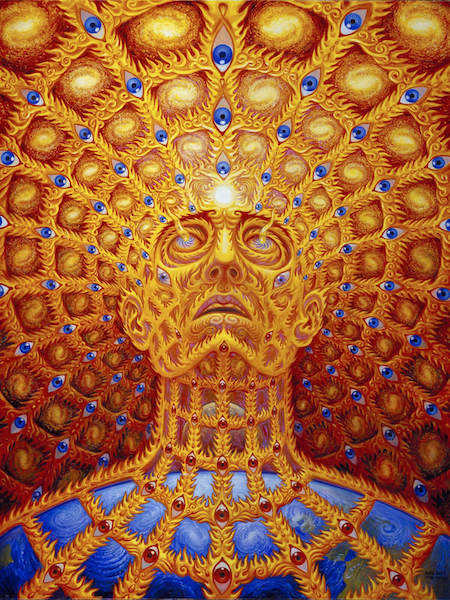 stare into the eye of god type either, the Long Slow Distance type.
stare into the eye of god type either, the Long Slow Distance type.
Trudging away on a jog at a slow pace for 45minutes or same with a swim is the general norm. I’m not implying that it’s not good for the body, but I am implying it’s not necessarily always the most efficient.
Mix up the output. Swim as hard as you can for a lap or two, then recover. Repeat Sprint as fast as you can for 50-100meters, then rest for a bit. Repeat.
Make sure you warm up really well prior to doing these as well, and make sure you can move well (review the mobility portion above).
Tap into that high energy anaerobic output. You can play with the rest periods and shift towards more endurance output (aerobic) or more high energy strength / power output (anaerobic).
Example: Swim 1 lap at 90%-100% effort, rest for 2-3minutes, repeat 8-10times.
Or, Swim 2-3 laps at 75-85%% effort, rest for 30-45seconds, repeat 8-10times.
Those two variations are playing with different energy system demands. The first with high output and longer recovery is tapping into the anaerobic systems, which take more time to recover.
The second is tapping more into that endurance output. Either way, you’re working on some variations of energy requirements, rather than just going for the usual 45minute swim.
Here’s a good SurfLine article with a good swim workout: Surfline Swim Workout
You can do the same with sprinting. Jumping rope or a row machine are really great tools to boost your “cardio” capacity as well.
Working in these ranges of higher energy output have also been shown to have favorable effects on body composition, and anabolic hormone pathways.
LSD running…. I get why people like it, but I find it ridiculously boring. Add to that, most runners do nothing other than run. Running beats up the body when done inefficiently, and ask any running technique coach if most people run efficiently.
I’m willing to put a big wad of cash wager on that answer being a massive No. If you want to run long distance, often, you need to put the work into keeping your body moving well. Kelly Starrett’s book Ready to Run offers some great insight.
Calisthenics:
The gymnastics oriented training has blown up in the fitness world in the past few years, and for good reason. Combining strength, body awareness, control, mobility, and an endless supply of complexity and variation, it’s good stuff.
And it’s fun. Back bridges, mannas, skin the cats, pancakes, all these movements are incredible combinations of strength and full body mobility, that can pay dividends in movement potential, if you get to them (it’ll take a bit of effort).
Olympic ring work can do wonders for upper body joint health, and strength.
I make it a goal to get nearly all of my clients proficient at olympic ring chin-ups or pull-ups. I will point out that this type of training is highly demanding, and generally folks have to start at the very beginning, baby on the teet stages.
That can be hard for the ego and the western mindset of going headfirst into the deep end of the pool, but it will pay off in the long run.
What this style of training really highlights for people is their immobility and their basic body control weakness. Your average desk-jockey has a long path of undoing tight joints and stiffness to get into a pancake or a back bridge.
But if you can get there, you’ll find an incredible change in how you can move through the world, and it’ll be a fun yet challenging process.
Breathing:
Get into some type of breath enhancement training or breath work. The fundamentals start with learning how to breathe efficiently. This can then extend to meditation. deep water breath hold training, and CO2 tolerance training.
If you’re not working on some variation of breath work, you’re missing a big piece of the health puzzle. Some good resources for breathing are Nam Baldwin with Breath Enhancement Training, and Wim Hof the good-crazy Ice Man.
Have a read of this if you want to dive into Breath Work: Breath Training for Surfers

Posture and Alignment:
This is a hole of various modalities all aimed at getting you out of that gravitationally loaded slouch. Rolfing, Egoscue, Pilates, Corrective Exercise…. there’s a lot out there.
The premise is that when your posture is “off”, or out of orthopedic ideal, it changes your capacity to move through a joint complex. When that happens, and you throw movement into that joint (surfing), things can begin to hurt and breakdown.
A lot of these issues can start to be addressed by simply working on mobility and being aware of not slouching. Some professional assistance can really speed up this process.
A resource that I find exceptionally valuable, and goes far deeper than simply improving posture is FOUNDATION TRAINING. I personally find Foundation Training a critical piece to my Movement Practice.
Play:
Rock climb, slack-lining, hike, Indo-Boards, skateboarding, dance, do some fun stuff that requires you to move, preferably outdoors. Breath some fresh air and get in the sun.
Recovery.
Yin and Yang again. It’s not all about output when it comes to health. Going hard requires you to put some work, nutrition, sleep, and recovery back into your body.
Take some time out, chill, meditate, read, eat good food, get a massage, do nothing for a bit. The older crew, this recovery aspect is exceptionally important and often over looked.
You need to put some gas in the tank, and preferably it’s some premium fuel.
WHAT’S THIS LOOK LIKE
This is where some professional guidance, a willingness to learn and explore, and patience come into play.
Maybe your Movement Practice looks like really good sleep, high quality foods, 2 yoga sessions per week, and 2 swim sessions. Add in some mobility work a few evenings a week, and some meditation…. you’re sweet!
Maybe it’s 1 yoga class with your significant other, 2-3 strength sessions, meditation daily, tennis ball release work and stretching several evenings per week.
Personally, mine looks something along the lines of 2 strength training sessions, 1 sprint session, 1-2 calisthenics sessions, daily stretching, daily breath work, and lots of good food and sleep.
This varies with work schedules, travel, listening to my body, and how often I’m surfing.
The point is you need to make sure you’re a highly efficient human being, because surfing well, surfing pain free, and surfing past your 50’s requires you to be a highly efficient human being.
This is a process, not a 30day bootcamp, not a 10day cleanse, but a process of loving your body, making sure you can move, and finding out what you’re capable of.
I’m giving you the tools that I think will give you the biggest payback for your time investment. Make some tweaks, look at your recovery, scale back your training when you’re surfing, and enjoy the process.
[smart_sales id=”sat”]

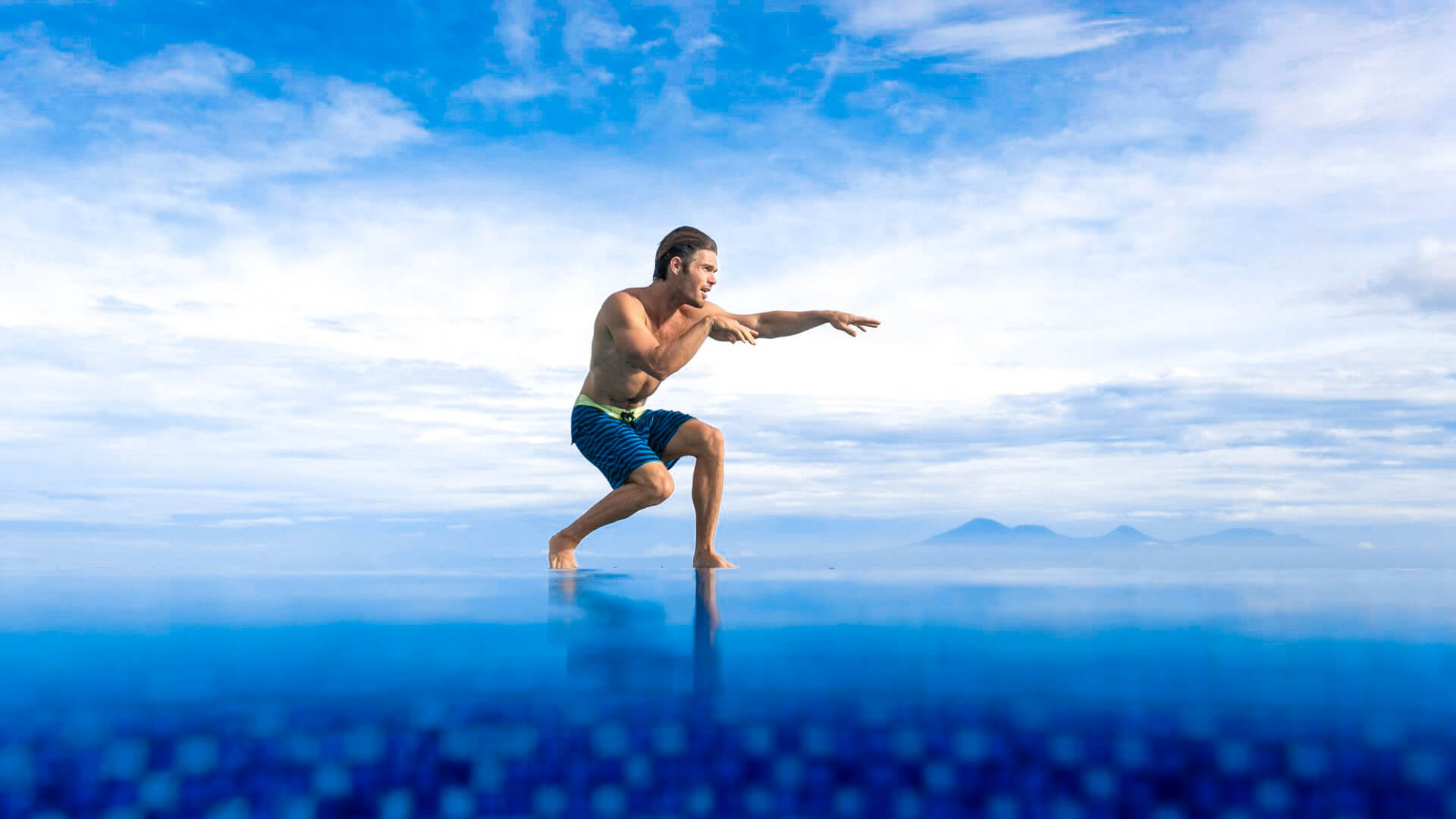
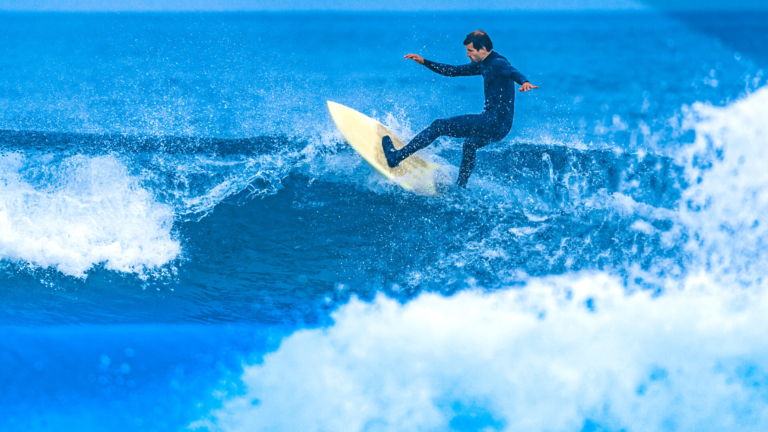
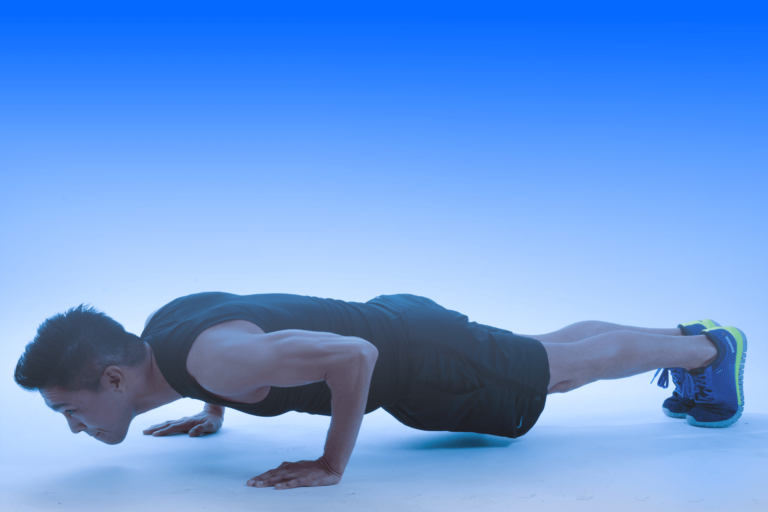

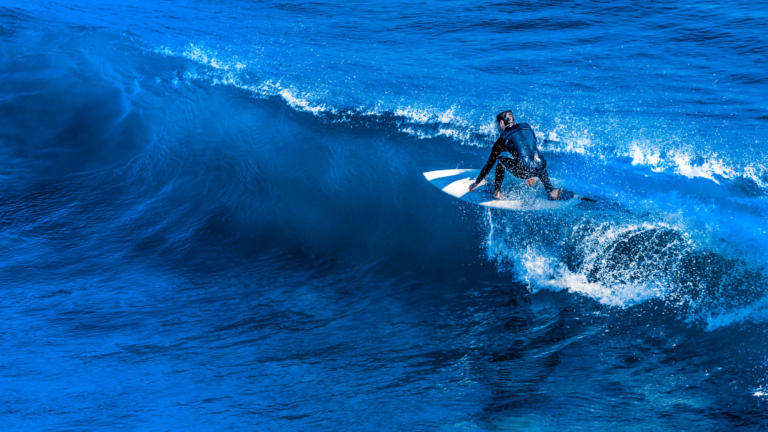


Hello! I have been surfing for many years, but my joints are already hurt. I wonder if I do not buy an electric surfboard. What do you think!